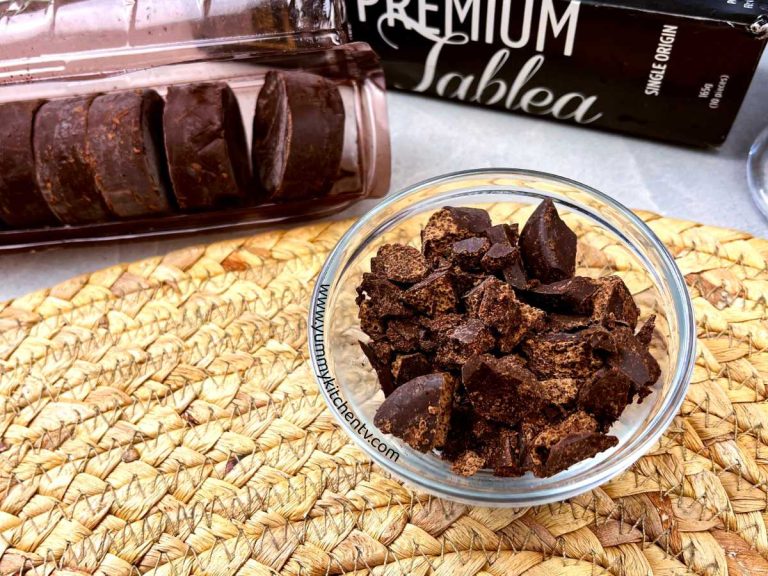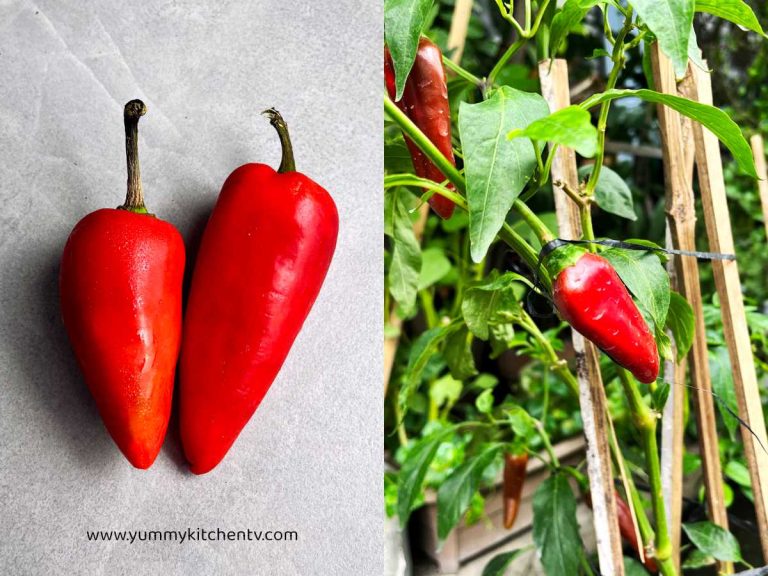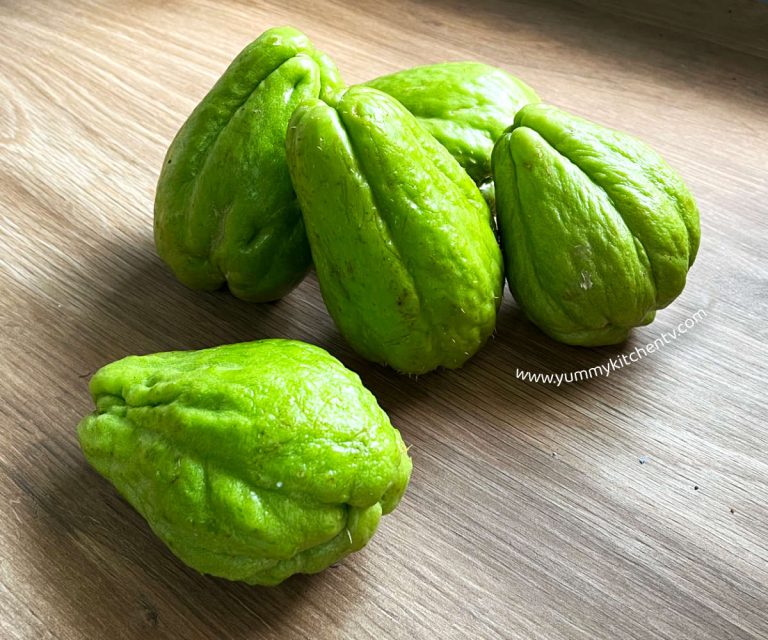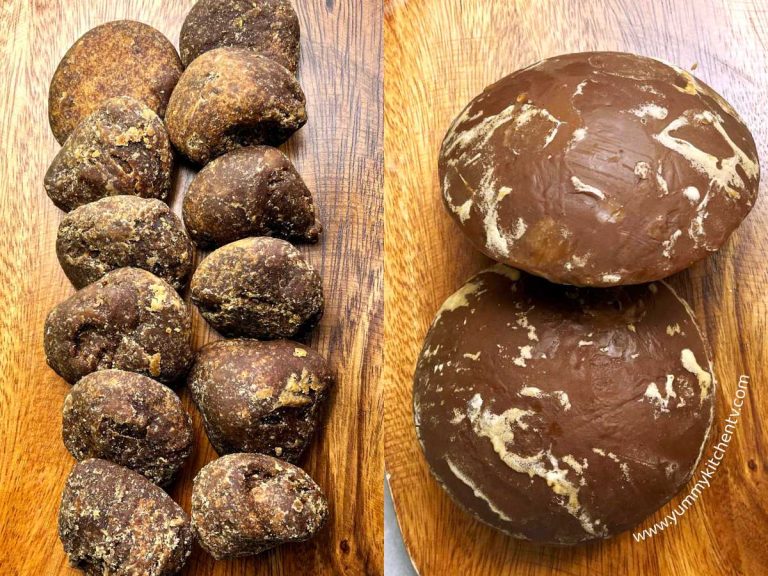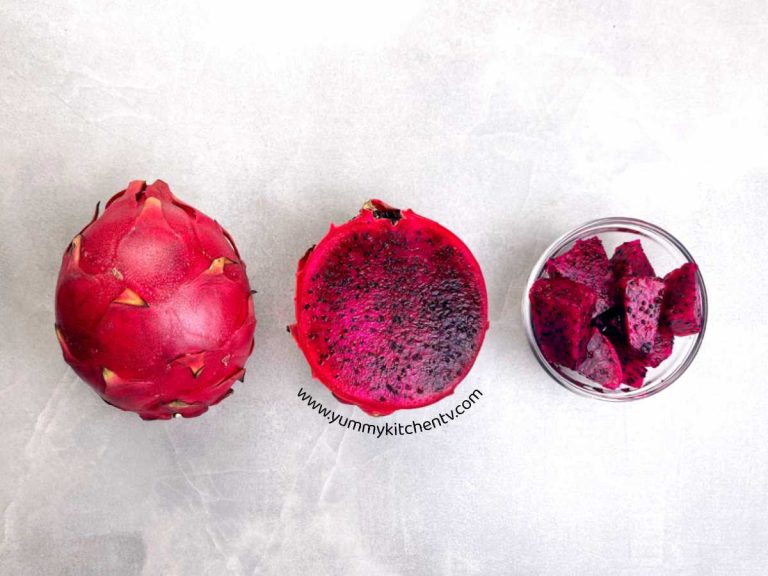Monggo (Mung Beans)
Monggo, or in English ‘Mung Beans’ (scientific name Vigna radiata) are small green beans widely cultivated and used in Southeast Asia. Part of the legume family alongside chickpeas, beans, and lentils. It is a affordable rich source of protein, vitamins, minerals, and antioxidants. This is popular in Filipino cuisine, the ‘Monggo’ or ‘Pork Monggo’ being a go to meal for many, its a filling, quick and easy to do soup to end the day with or keep warm with during the colder months.
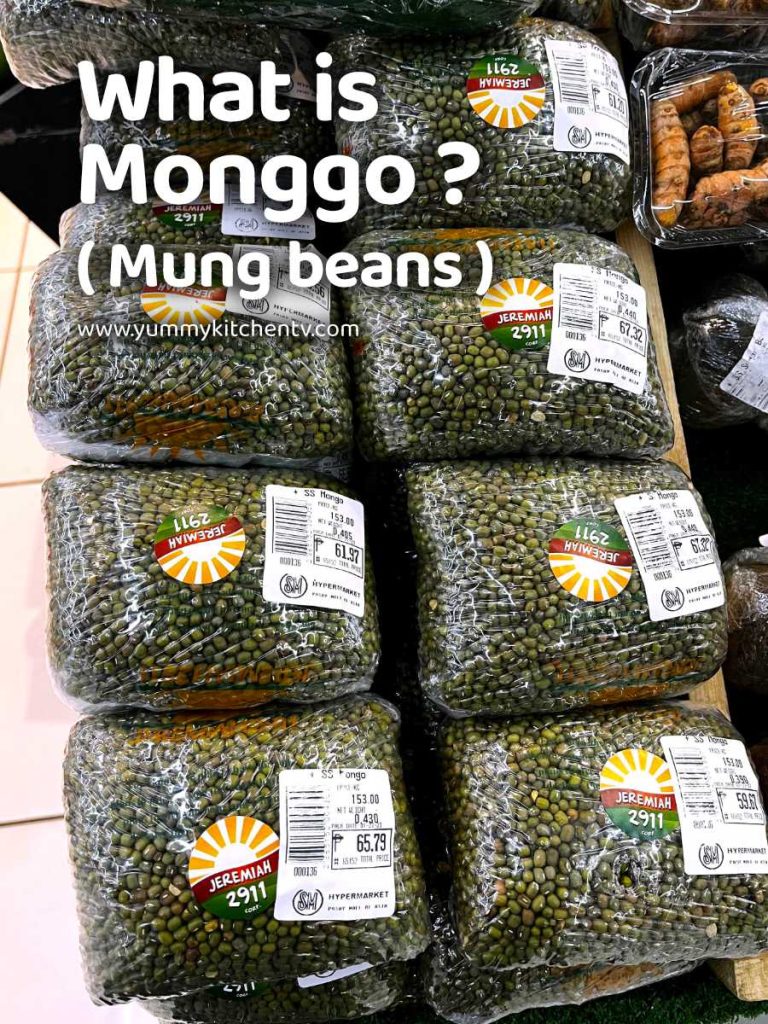
A short Introduction
Monggo (Mung Beans) have been cultivated since Ancient times, being a native food to India, spreading to China, and various parts of Southeast Asia. These have different names; from ‘mung’ or ‘moong bean’ in India, ‘green gram’ in America, or ‘monggo’ in the Philippines. The term ‘mung’ originated from the Hindi word, that came from the Sankrit word ‘mudga’. These come from annual vines, with yellow flowers and thin fuzzy brown pods that are opened to reveal the mung beans.
These are sold as dried beans simmered till it can be easily crushed with a fork. Mung beans have a subtly sweet and nutty flavor, plus the added spices and vegetables, it creates the popular ‘munggo guisado’ stew. Some buy the dried beans and soak these in a opaque container with water, keeping this in a cool and dark place for around 3 days, to sprout mung bean sprouts or ‘togue’, a vegetable that has a slightly sweet taste, cooked quickly to keep the crunchy texture, these are typically eaten as a side dish. Other Mung bean recipes include boiling and mashing them with or without sugar to turn into paste, creating a filling for baked goods or cakes, added into savory or sweet soups, and some use them as one would with red bean paste, turning them into a dessert like ice cream or frozen ice pops, in mooncakes, a thickener in pancake batter and many more.
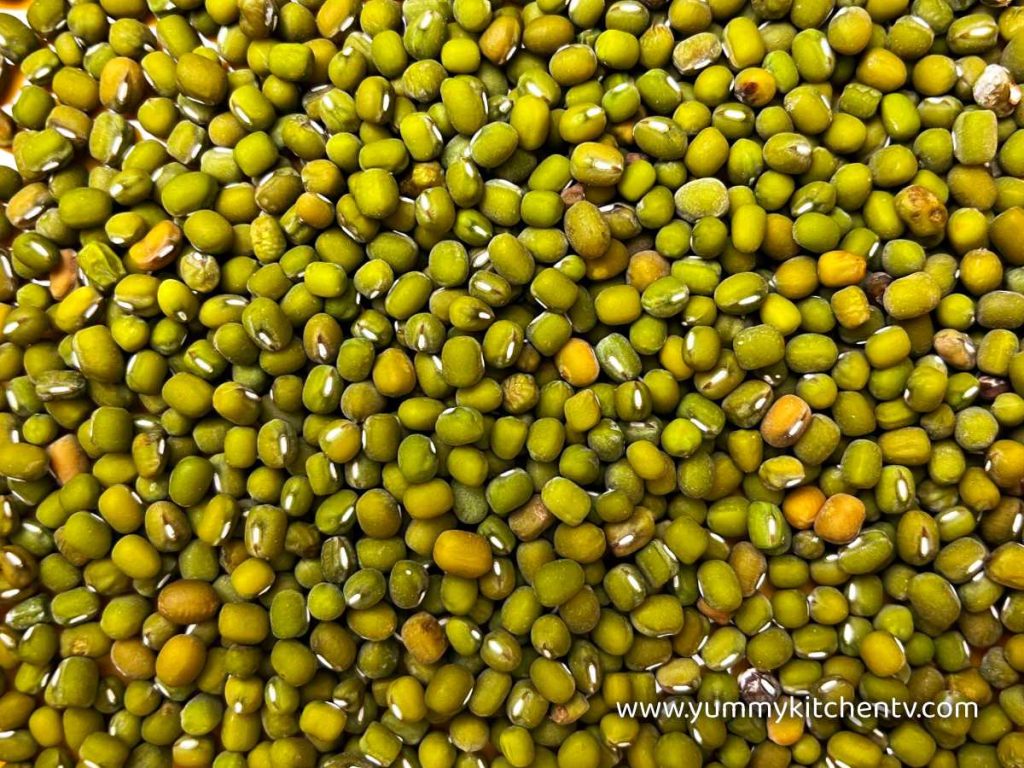
Monggo (Mung Beans) benefits
An edible bean that’s primarily grown and part of a regular diet in Asia, South America, and Africa. These beans can be found sold dry, fresh, or sprouted in wet markets or grocery stores. Mung bean protein is 29 grams per 100 grams, and mung beans calories are 347 per 100 grams. These little green bits have an impressive roaster of benefits, here are some examples:
- Has Anticancer properties, mung bean extracts have an effect on human cancer cells by preventing radical damage that is caused by oxidative stress.
- Regulating blood pressure by contributing fiber, magnesium, and potassium.
- Lowers blood sugar levels, having anti inflammatory properties to help guard against thirst, and heat stroke.
- Great for gut health and weight loss, these have soluble fiber that nourishes the colon and improves metabolism.
- Improves skin and eye health, rich in zinc which is a treatment for night blindness. It also has copper that keeps the skin glowing.
* There are mung beans side effects; if not properly cleaned or for those with allergies to peanuts or soy, These have a high risk of bacterial growth that may cause abdominal cramping, nausea, itching, diarrhea, vomiting, and issues with pregnant women.
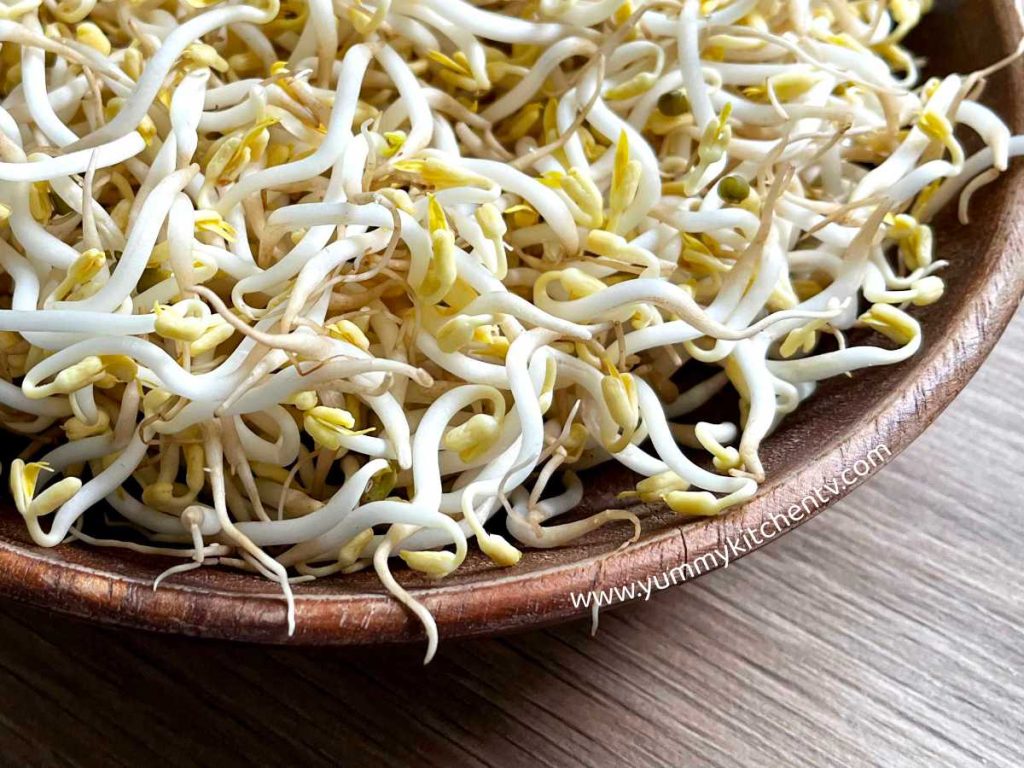
The many uses of Monggo in the Philippines
A staple in almost every Pinoy household, called ‘Monggo’ or ‘Munggo’. These small but filling green beans are commonly eaten as a filling warm soup every now and then, more so during the Lent and in the rainy season or colder weather months. Once they’ve sprouted and turned to bean sprouts or ‘togue’ in Filipino, these are made into a quick stir-fry with garlic and tomatoes added as a side dish, or made into a filling for lumpia. One of the most popular Filipino dishes:
- Ginisang monggo recipe (also called Monggo guisado or Mung Bean soup),The typical Monggo recipe is great for vegetarians, but for those who want a bit more meat in their diet, in some version these are cooked with fillings like pork or fish bits. An easy simple but delicious dish.
- Ginisang Munggo with Chicharon and Dried Alamang, this is a delightful mix of the ginisang monggo ingredients with a yummy addition of crab, topped with crispy chicharon on top.
- Lumpiang Togue, you can also find the sprout version in Lumpia, similar to a crispy fried spring roll, but with a mix of chicken bits, aromatics, and mung bean sprouts that add a bit of crunch in the inside.
- Other samples of Lumpia dishes also include; Lumpiang Gulay a vegetarian version, and Lumpiang Shanghai the typical spring roll very much beloved in family gathering and special occasions.
- You can sometimes find monggo cooked with sugar, turned into paste and used as filling for certain desserts especially in Buchi.
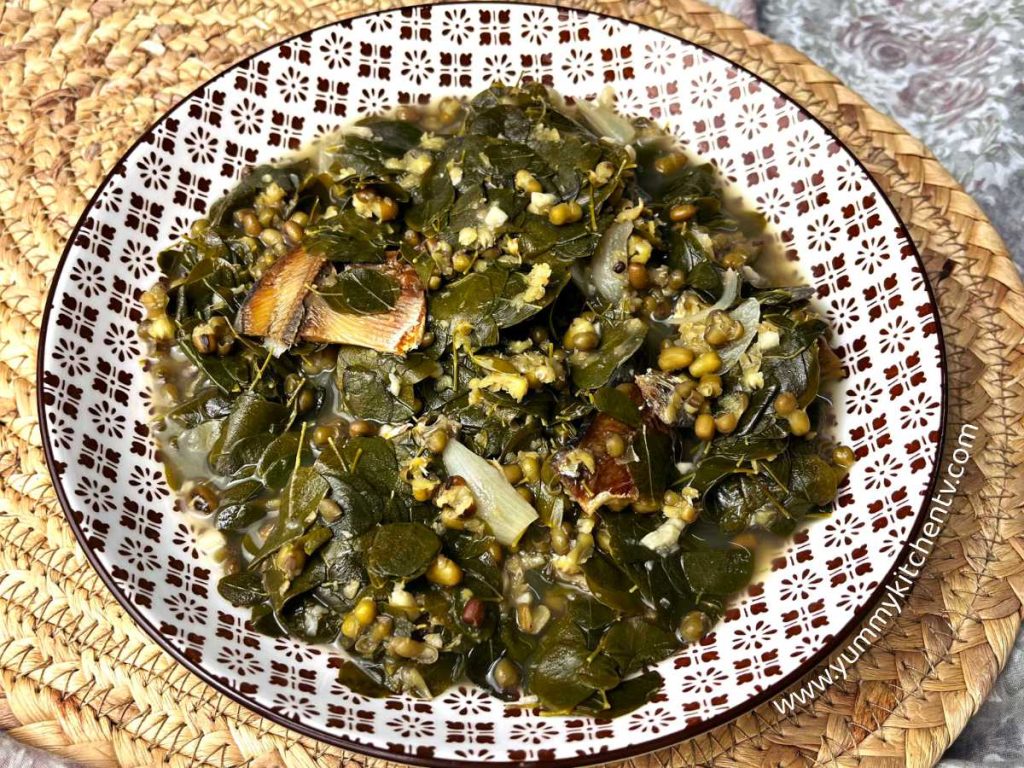
Praised by health coaches, nutritionists, and health conscious individuals for its interesting texture and benefits. With its mild flavor makes it one of the best ingredients to turn and manipulate into savory to sweet dishes. The monggo is a great balance of nutrition, vitamins, taste and texture, an ingredient you might want to add into your diet.
